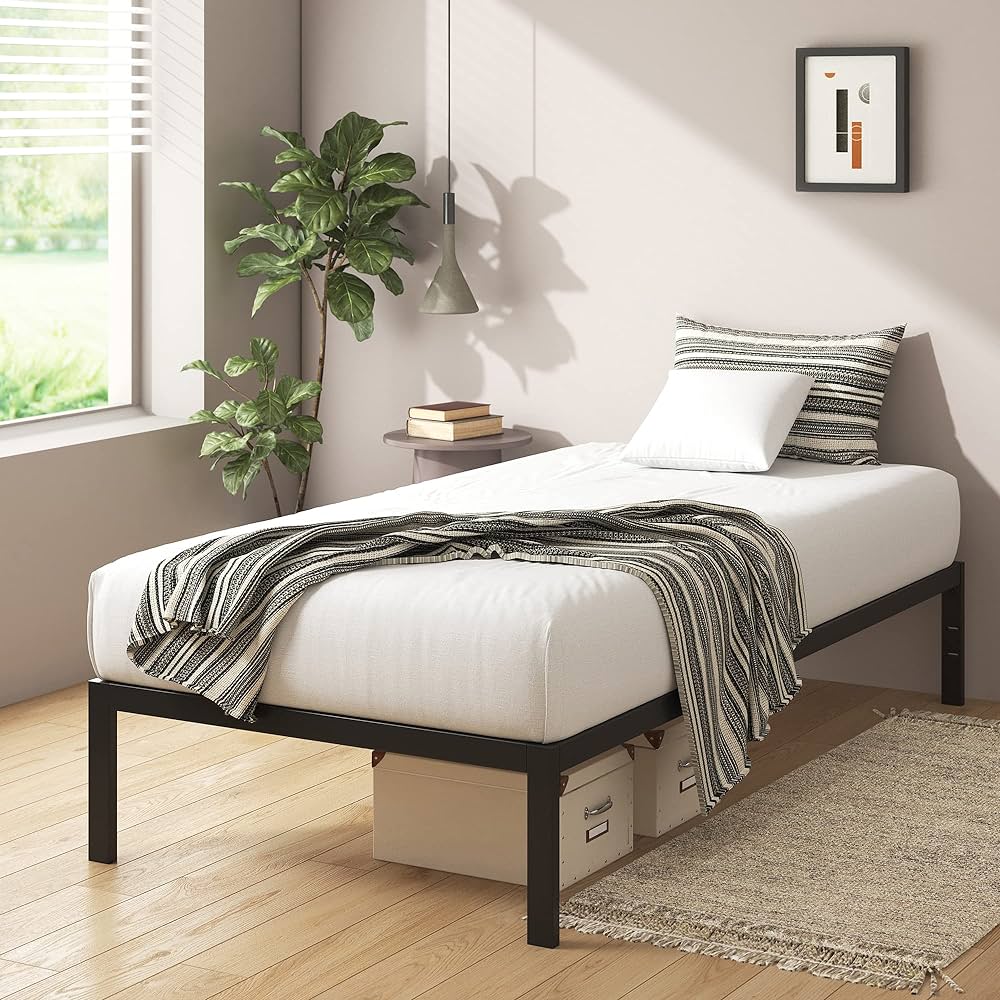
Sleep is one of the fundamental pillars of good health, akin to a balanced diet and regular exercise. In the quest for a restful night’s sleep, the importance of selecting the right mattress cannot be overstated. A mattress is not merely a bedroom accessory; it is a personal wellness investment. With a myriad of options available, the journey to finding the perfect mattress can seem daunting. However, understanding the essentials can transform this journey from a challenge into a blissful exploration of comfort.
When considering a new mattress, the first aspect to contemplate is the support it provides. A good mattress should support the natural curve of the spine, allowing for the muscles to relax completely. This is crucial for preventing back pain, which can become a chronic issue if ignored. Memory foam mattresses have gained popularity for their pressure-relieving qualities and their ability to contour to the body’s shape. Meanwhile, traditional innerspring mattresses offer firmer support and have been the go-to choice for countless sleepers over the decades. Lately, hybrid models that combine springs with foam layers have emerged, offering a balanced feel that caters to a wide range of preferences.
The second factor to consider is comfort. Comfort is subjective, and what feels like a cloud to one person may feel like a rock to another. This is where the firmness scale comes in, which typically ranges from soft to firm. Side sleepers often benefit from a softer mattress that can cushion the shoulders and hips, while stomach sleepers may find that a firmer mattress keeps their spine aligned. Back sleepers, or those who change positions frequently, may prefer a medium-firm option as a versatile choice. Additionally, mattresses now come with various cooling technologies and fabrics that can enhance the comfort factor, especially for those who tend to sleep hot.

Durability is another critical aspect of furniture shop near me selection. A high-quality mattress should maintain its shape and comfort level for at least seven to ten years. Materials are key here: high-density foams, tempered steel coils, and latex often indicate a durable mattress. Natural materials like organic cotton and wool not only add to the durability but also bring an element of eco-friendliness to the bedroom. It’s a good practice to check the warranty that comes with the mattress as it can provide insight into its expected lifespan and the manufacturer’s confidence in the product.
Size is more than just a matter of occupying space; it directly influences sleep quality. From the compact twin to the sprawling California king, each size serves a unique purpose. Singles might opt for a twin or full mattress, while couples generally require at least a queen size to ensure both individuals have enough space to move freely. It’s important to consider the size of the bedroom as well as one’s lifestyle; a bed that overwhelms a small room can restrict movement and affect the room’s functionality.
The fifth paragraph addresses the importance of personal health considerations. For those with allergies, hypoallergenic mattress options, such as those made with latex or specially treated fabrics, can significantly improve sleep quality. Additionally, adjustable beds have become increasingly popular, particularly for those with specific health conditions that require elevating the legs or torso. It’s always recommended to try out a mattress before purchasing it, and many companies now offer trial periods where the mattress can be returned for a full refund if it doesn’t meet the buyer’s needs.



